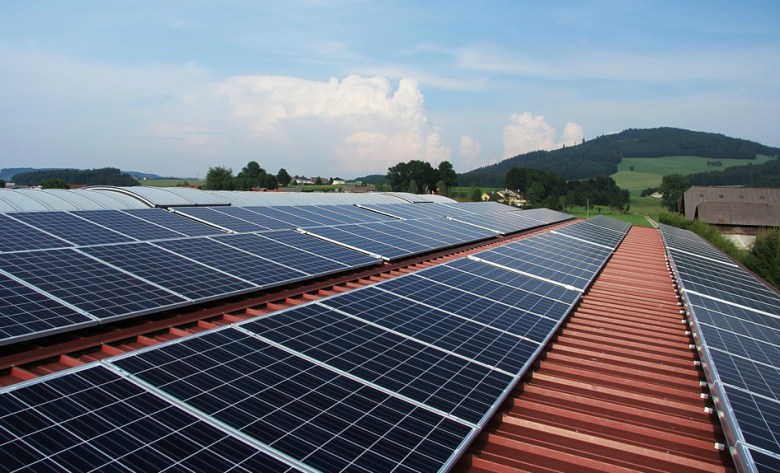
Melbourne printing company Norwood Commercial has partnered with CSIRO and start-up company Solafast to develop printed solar panels which could lead to a commercial Australian operation within the next few years.
The project recently received a $1.6m federal funding grant through the Cooperative Research Centres Program to kick start the development.
Speaking to Australian Printer about the project, Norwood operations manager Graham Dancey says the company is currently working with the CSIRO to develop equipment capable of printing the solar panels.
“This company has been built on innovation, it has developed its niche products and methods that have held it in good stead,” Dancey says. “We are always keeping our eyes out for something new, we recognise this project is getting to a point where it is worthwhile investing in.”
Dr Fiona Scholes, group leader at CSIRO Manufacturing’s Industrial Innovations Program says this is the first time since Melbourne’s solar printing research effort kicked off in 2007 that potential manufacturers and end-users have been involved in a project.
She says, “All parties are Australian, if we can make it happen it will help to achieve what we have set out to do – translate what we have learned in order to grow Australian business and create Australian jobs.”
Dancey explains that printed solar panels have many benefits over traditional silicon panels, the main advantage being they are significantly lighter and are therefore easily portable.
He says they can also be mass produced inexpensively and could potentially be shipped to areas where a natural disaster has occurred to help restore power.
He adds, “It is an exciting project, it is an Australian development, it has enormous potential benefits for Australia and the potential applications are broad.
“The technology is there but it just needs to be refined, we are prepared to put the time and effort into helping to refine that technology for the specific application.
“But whatever comes out of it I am sure we will be able to use the equipment for other applications, it is not going to happen overnight.”
Dancey estimates it will take two to three years before the solar printed panels will be available commercially to the market.
Comment below to have your say on this story.
If you have a news story or tip-off, get in touch at editorial@sprinter.com.au.
Sign up to the Sprinter newsletter
